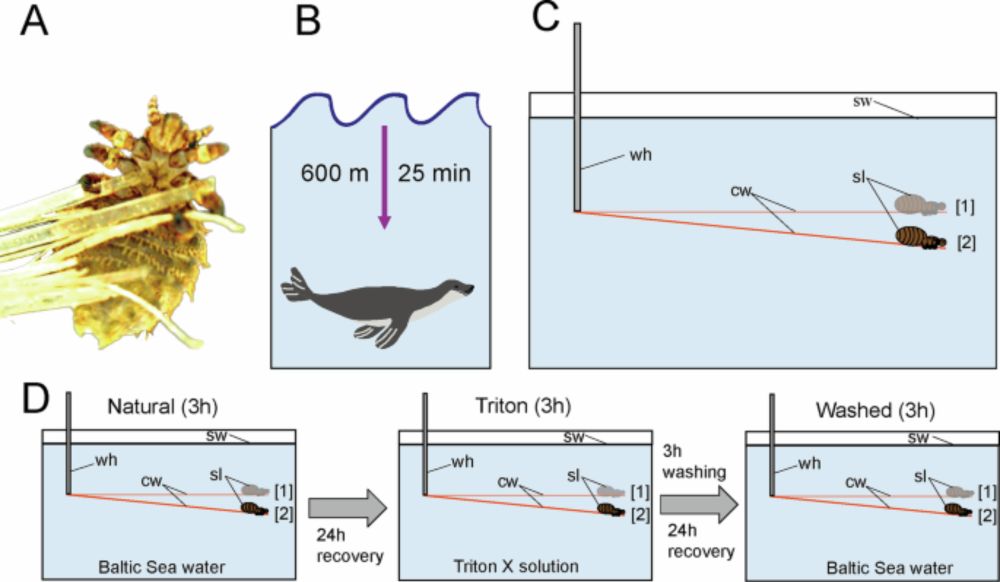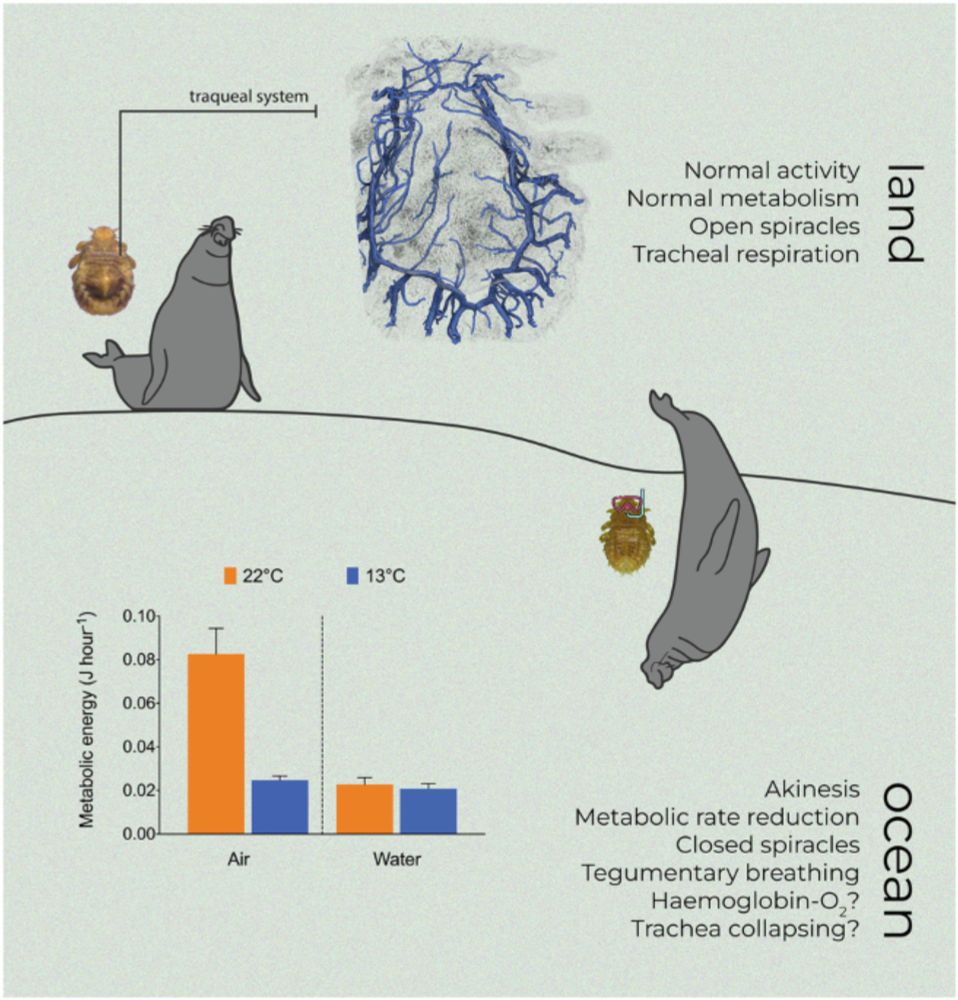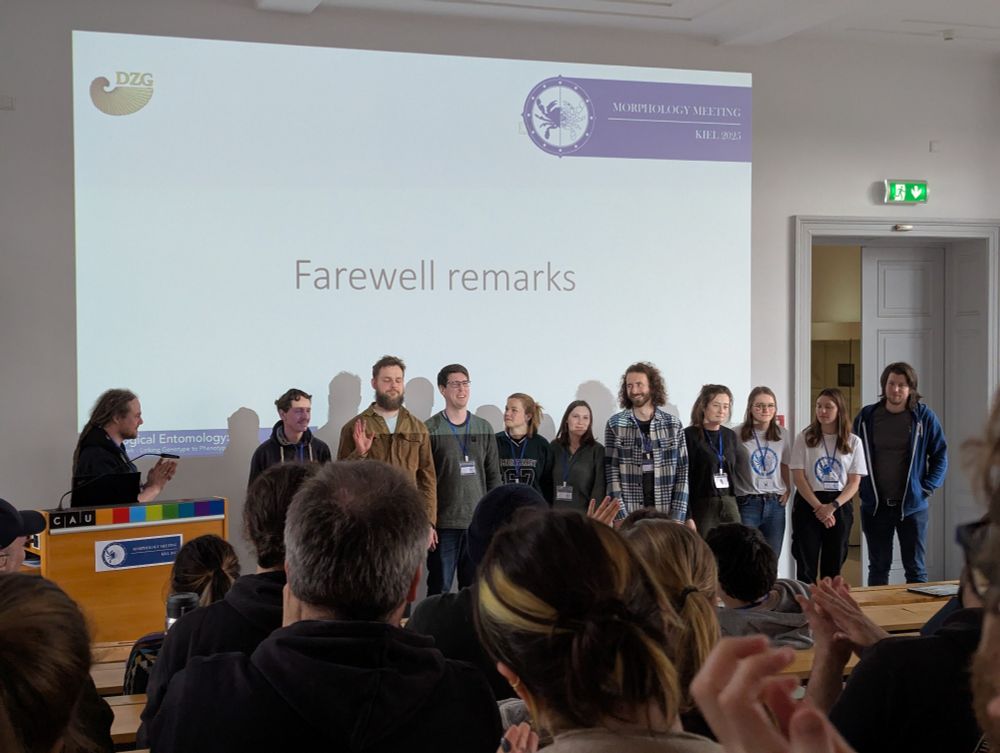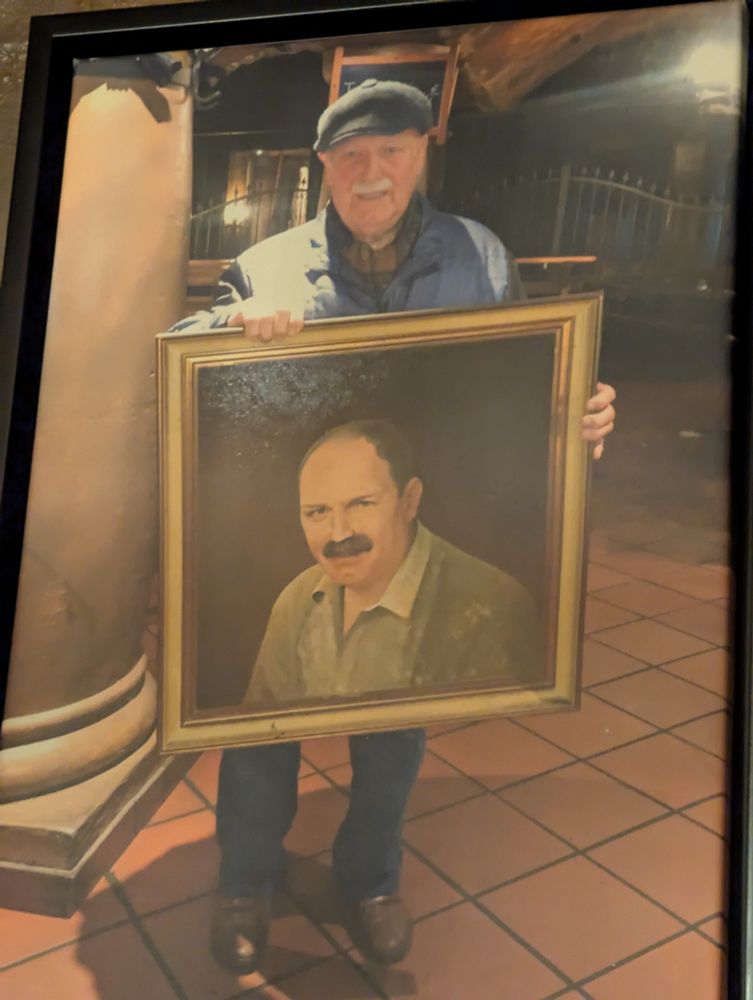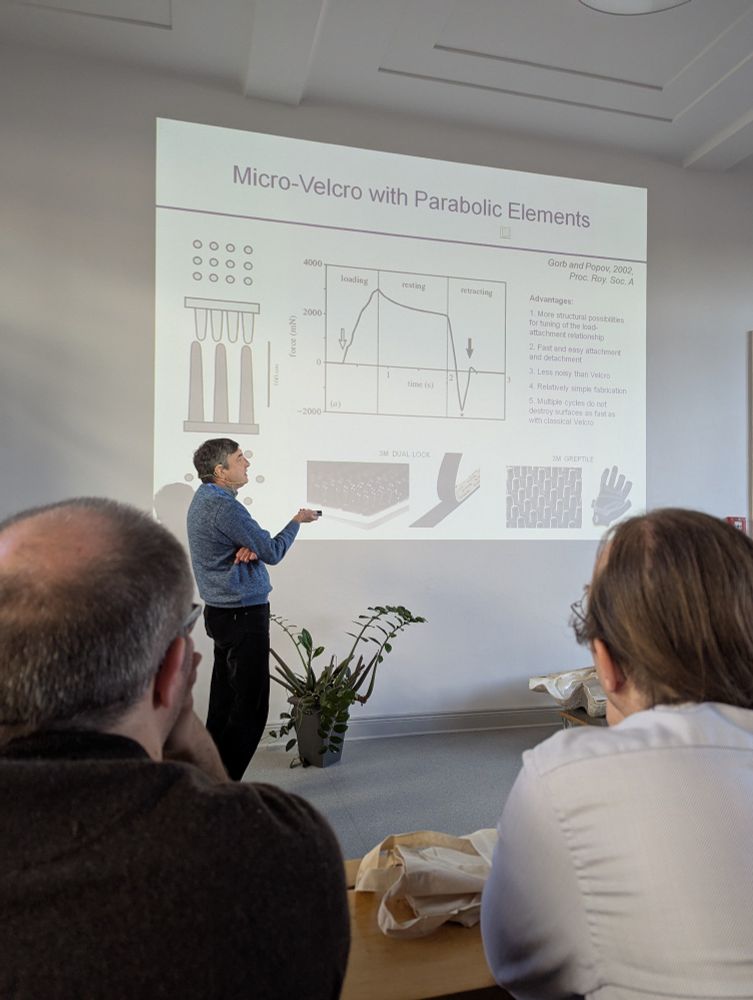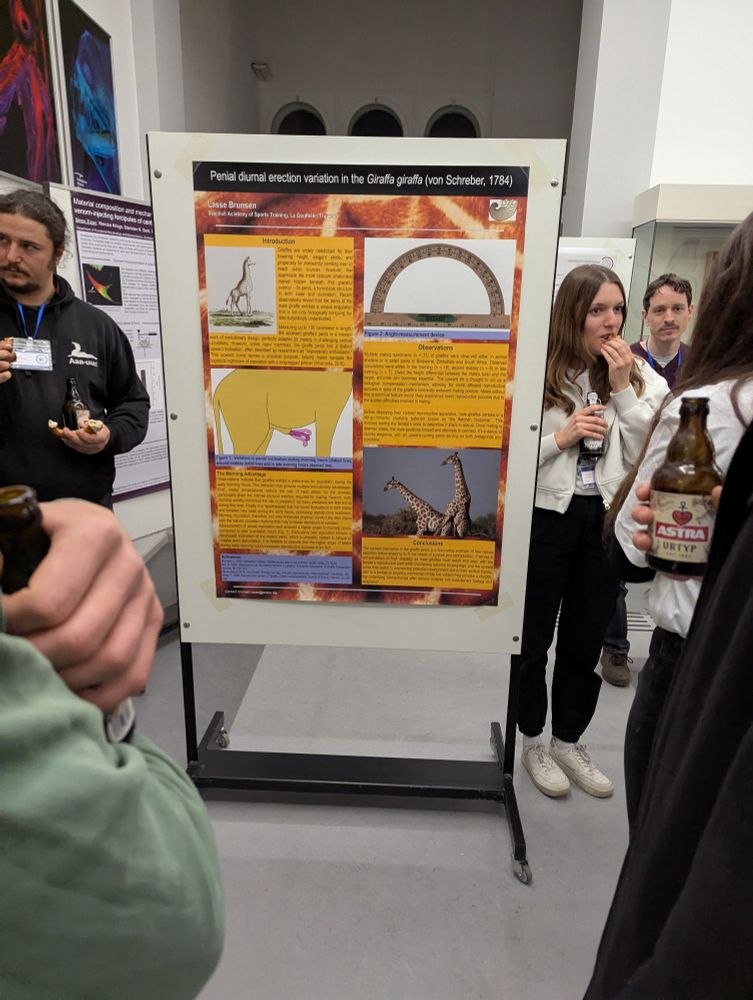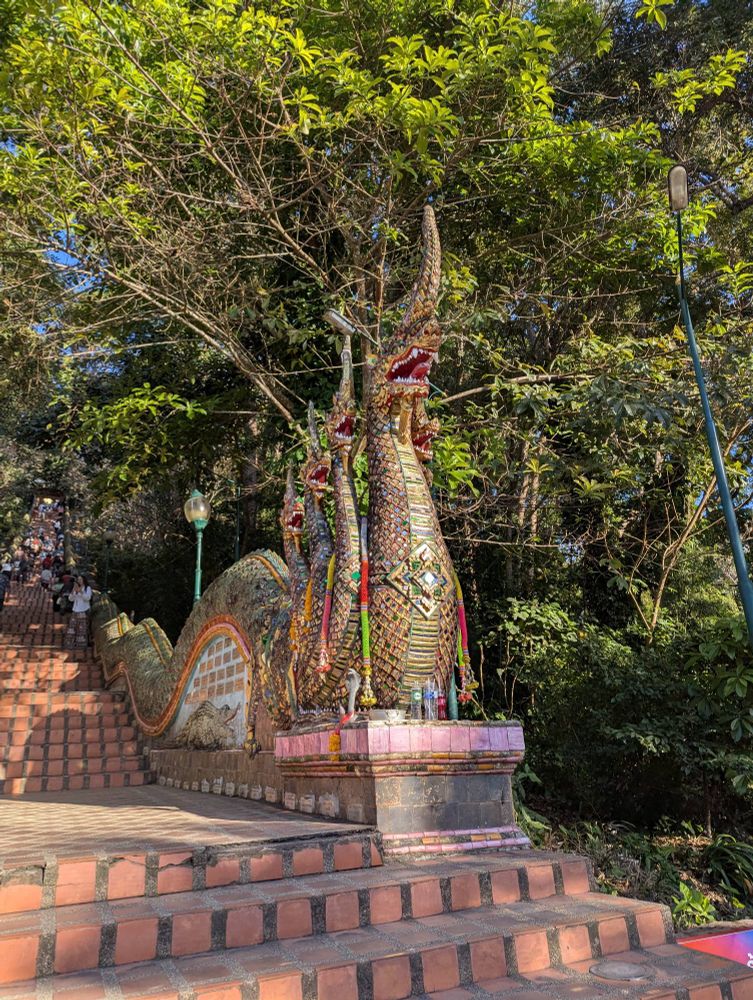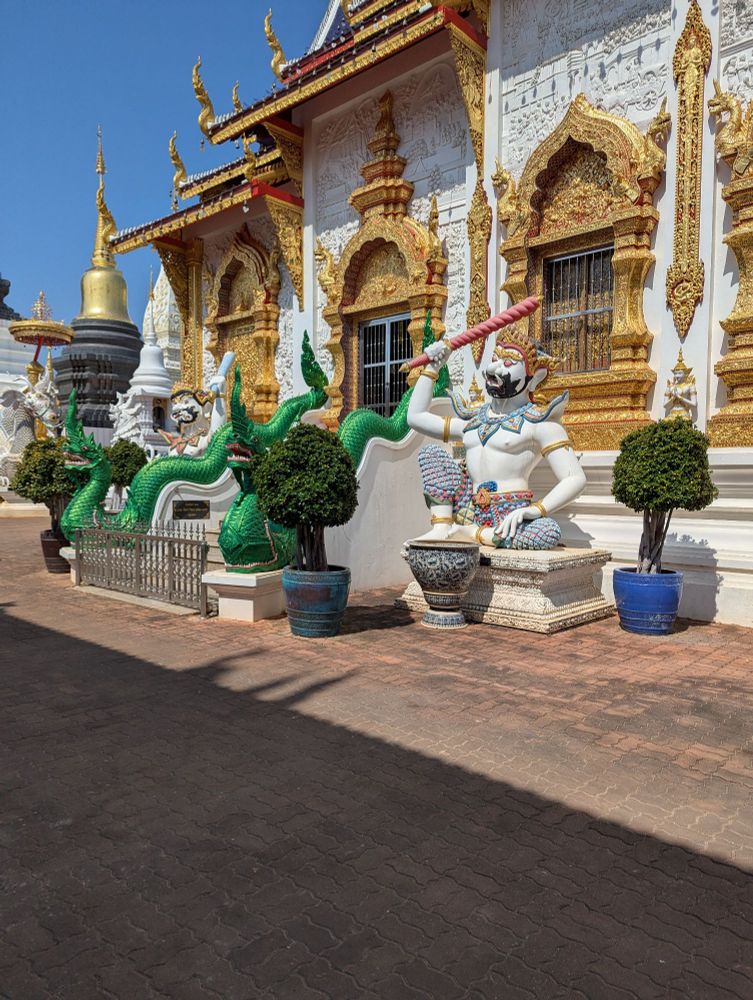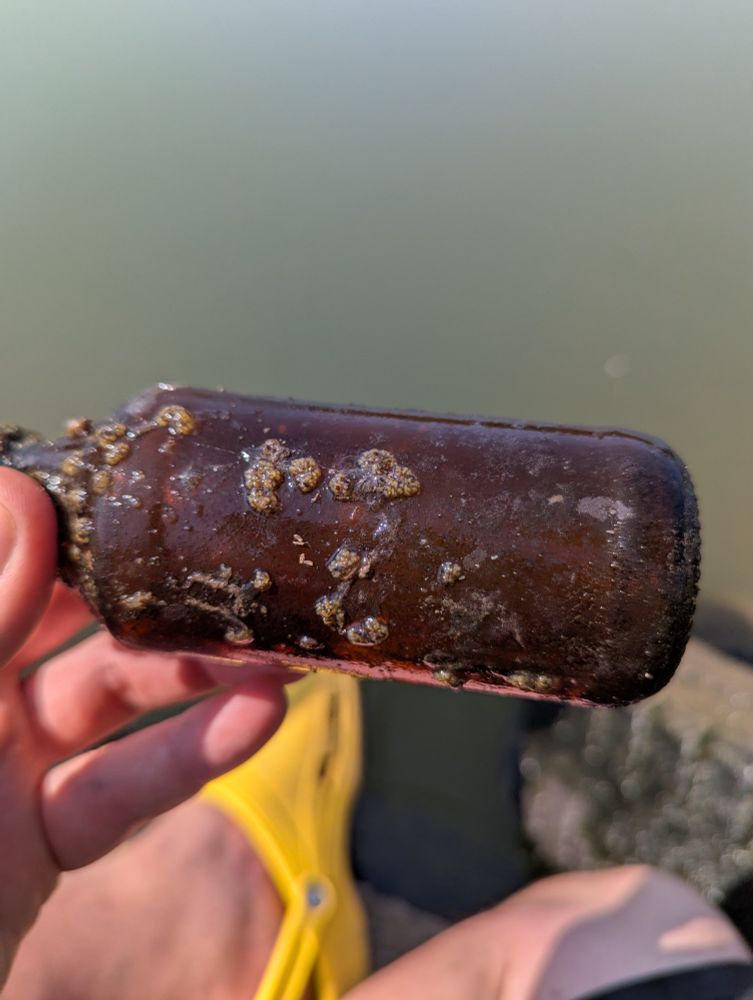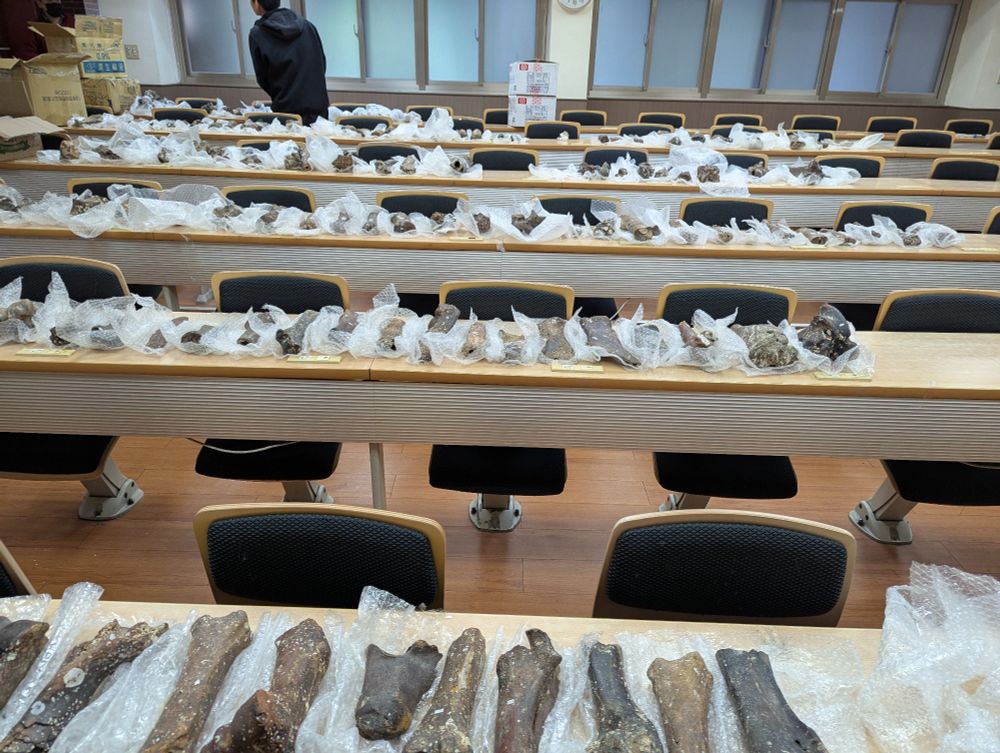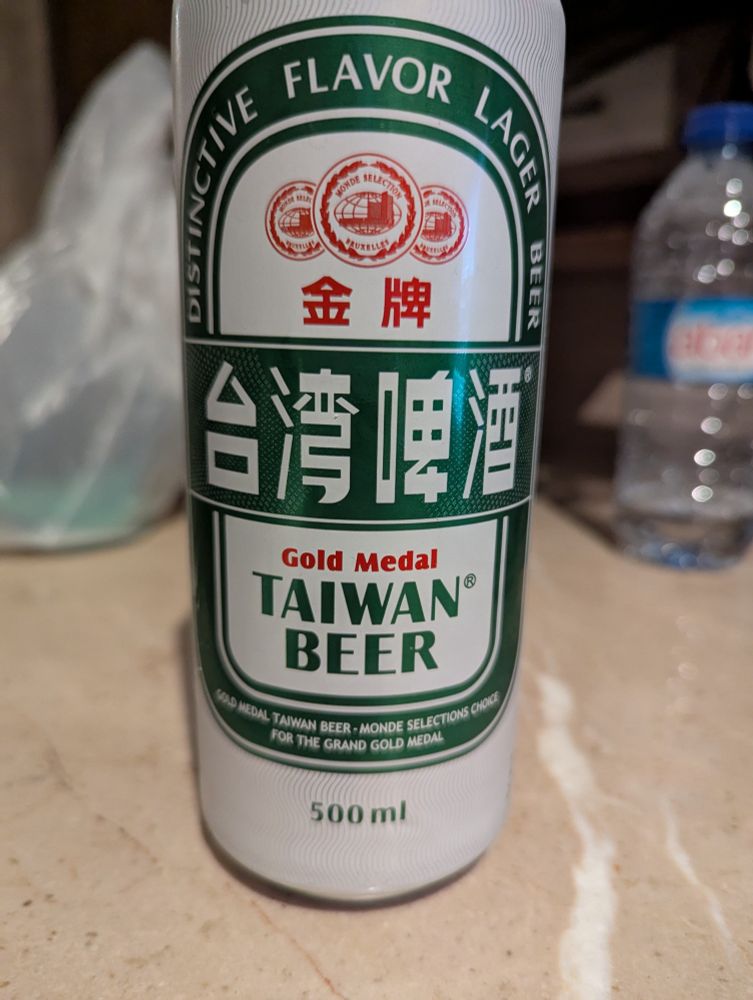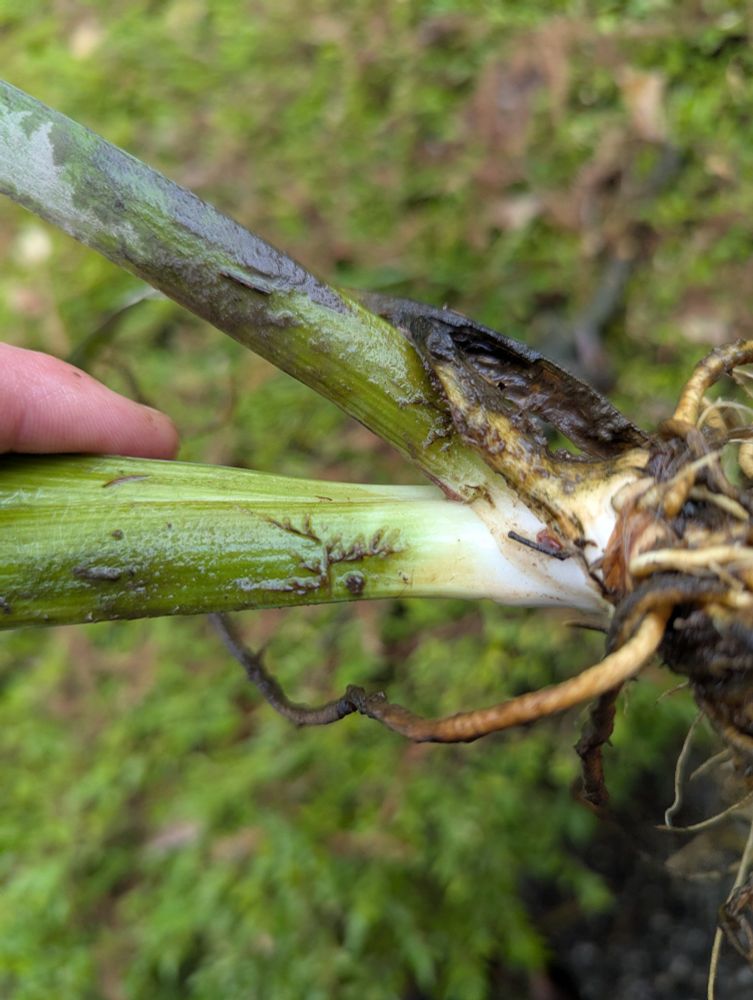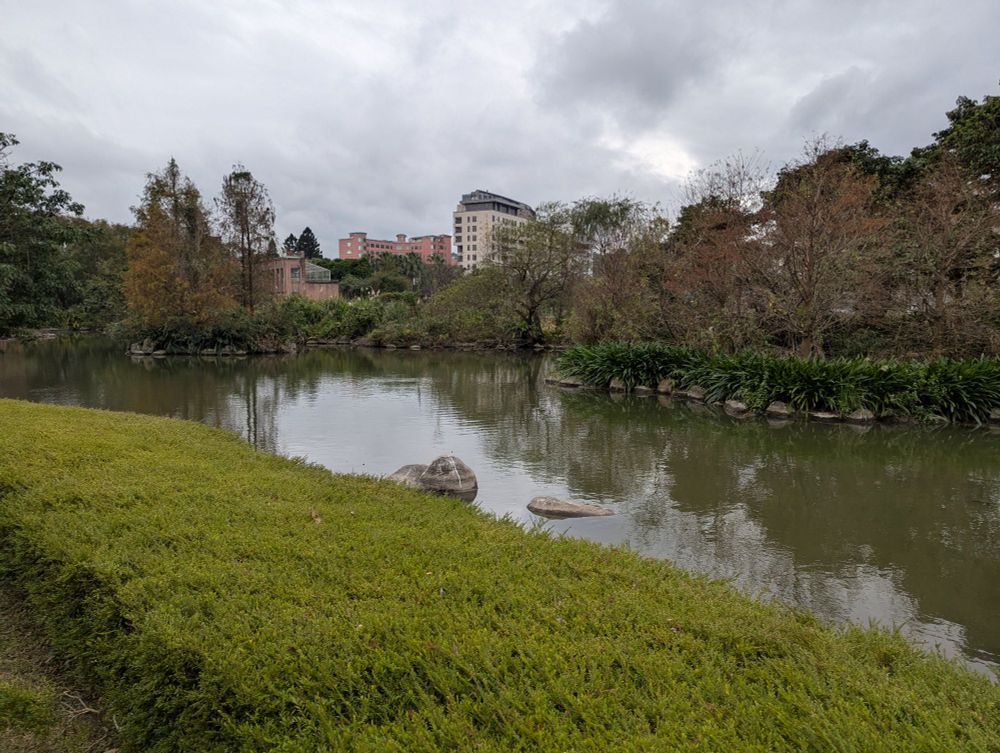
I’m happy to share some plugins I’ve been developping this summer: "Channels and Contrast" and LUTs Manager!
I can’t find new bugs and ideas by now so I need your help to please test them in your machines and report bugs, feedbacks and ideas! forum.image.sc/t/looking-fo...
04.10.2025 11:50 — 👍 94 🔁 34 💬 6 📌 2

A photo of a dead crustacean in ethanol. It is covered by small zooids

A close up of Triticella zooids. Thei have a long "stalk" and then you have the autozooid.
Today's cool museum collection discovery: Bryozoans growing on crustaceans!
I believe this ctenostome belongs to the genus Triticella, which is known to grow on specific groups of marine invertebrates 🦐
#bryozoa #nordigbryo #marineinvertebrates
22.09.2025 13:55 — 👍 8 🔁 3 💬 1 📌 1
#bryozoa bryozoologists! It’s official!! We are hosting Larwood 2026 in Oslo!! 1-3 June: mark and save on your calendars and spread the news!! @nhmbryozoa.bsky.social
10.09.2025 18:45 — 👍 13 🔁 8 💬 0 📌 1
Save the date! Next Larwood meeting (European bryozoan conference) in 2026 will be in Oslo from 1st-3rd of June! Hosted by @lhliow.bsky.social Hope to see you there.
10.09.2025 16:23 — 👍 4 🔁 3 💬 0 📌 1

3d scans of different boring bivalves! They are quite varied in forms. One irregular and ornamented, one oblong, one circular with a conical appendage
Boring bivalves are actually quite interesting! The ability to bore into rock has evolved multiple times in bivalves. @spissatella.bsky.social found that boring bivalves have a greater variety of forms than their non-boring counterparts! (220)
31.08.2025 04:28 — 👍 26 🔁 3 💬 1 📌 2


📊 new paper! The natural phenomenon of upwelling, which normally occurs every year in the Gulf of Panama, failed for the first time on record in 2025...
www.pnas.org/doi/10.1073/...
[most co-authors not on bluesky except @javsdiaz.bsky.social @jonscibulski.bsky.social]...
02.09.2025 19:20 — 👍 26 🔁 8 💬 1 📌 1

New life cycle hypothesis of the bone-eating worm Osedax having sexually predetermined larvae. Schematic drawing of Osedax development with sexually determined embryos developing into sexually determined larvae, female larvae having a gut, male larvae lacking one. Drawings are not scaled.
New addition to the spectacular life cycle of Osedax worms: sex of O. japonicus is genetically (not environmentally) determined since larvae show both morphological and transcriptomic signatures of gender. Might help us explain male dwarfism rdcu.be/eCHBe
@alicerouan.bsky.social @NorioMiyamoto
27.08.2025 13:59 — 👍 13 🔁 4 💬 0 📌 0
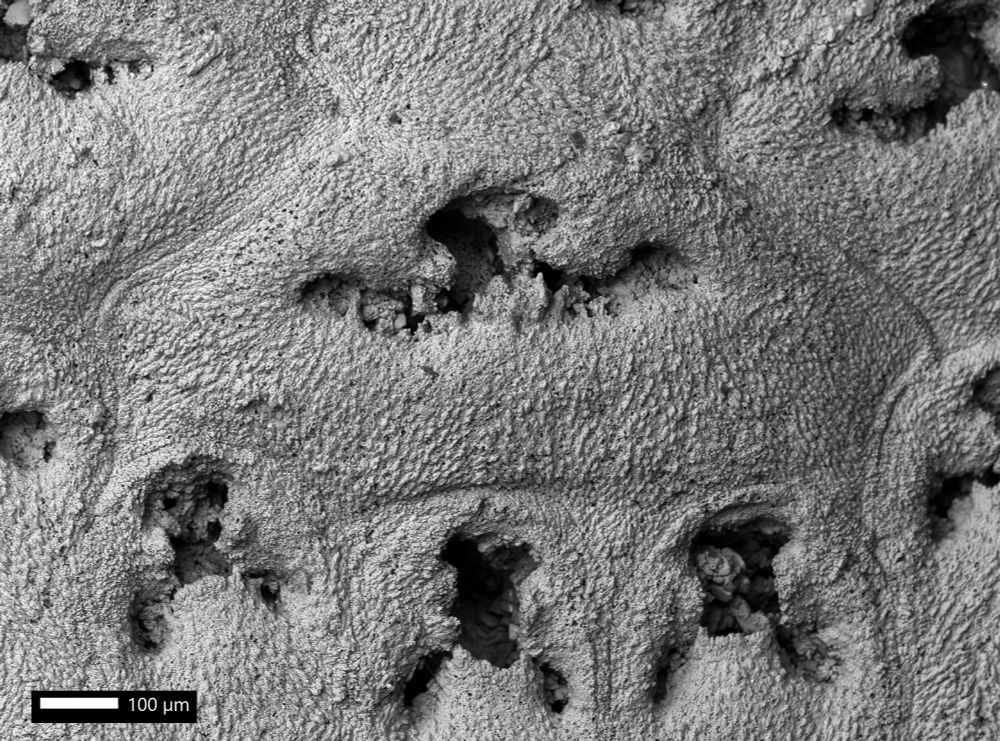
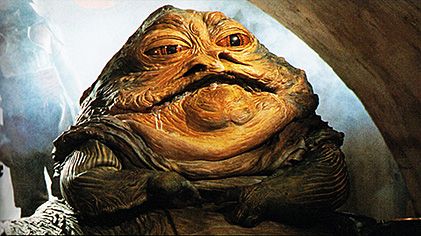
#FossilFriday Jabba the Zooid. This teratological zooid in a colony of the bryozoan Tornipora reminds me of Jabba the Hutt from Star Wars. Cretaceous, Campanian, Archiac, SW France.
23.05.2025 06:01 — 👍 17 🔁 6 💬 0 📌 0

Join the best invertebrate event of 2025!
The official website for the 6th International Congress on Invertebrate Morphology (ICIM6) is now live! Check it out:
icim6.com
Thank you Felipe and colleagues for hosting this!
13.03.2025 18:50 — 👍 8 🔁 8 💬 0 📌 0
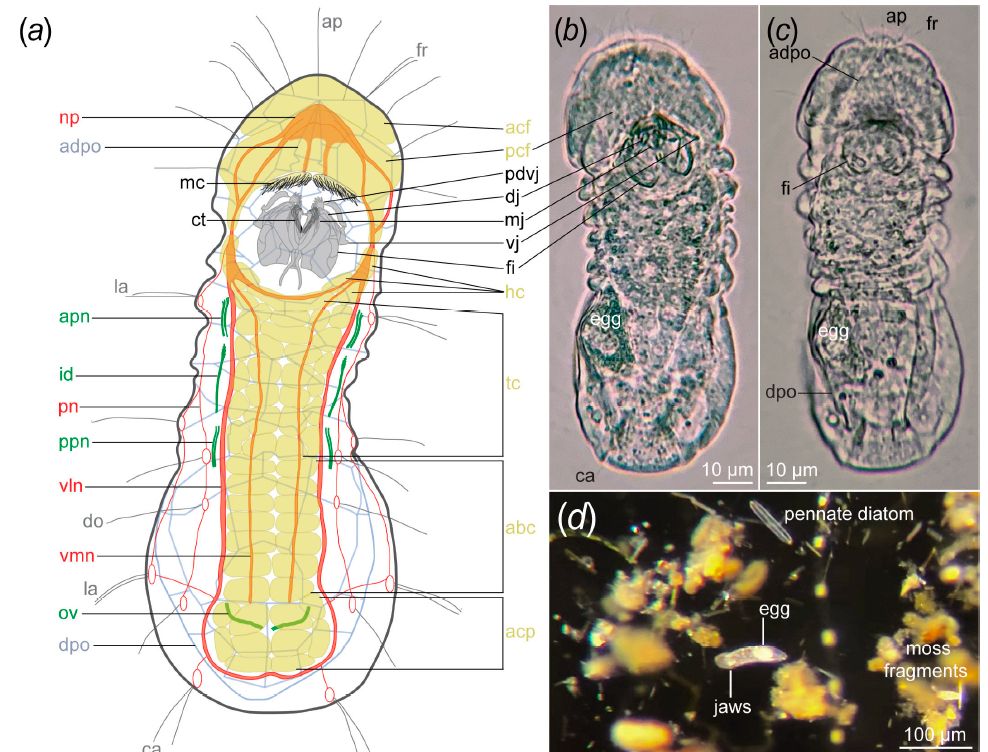
Phylogenomics of the rarest animals: a second species of Micrognathozoa identified by machine learning royalsocietypublishing.org/doi/10.1098/...
22.02.2025 09:28 — 👍 28 🔁 8 💬 1 📌 0
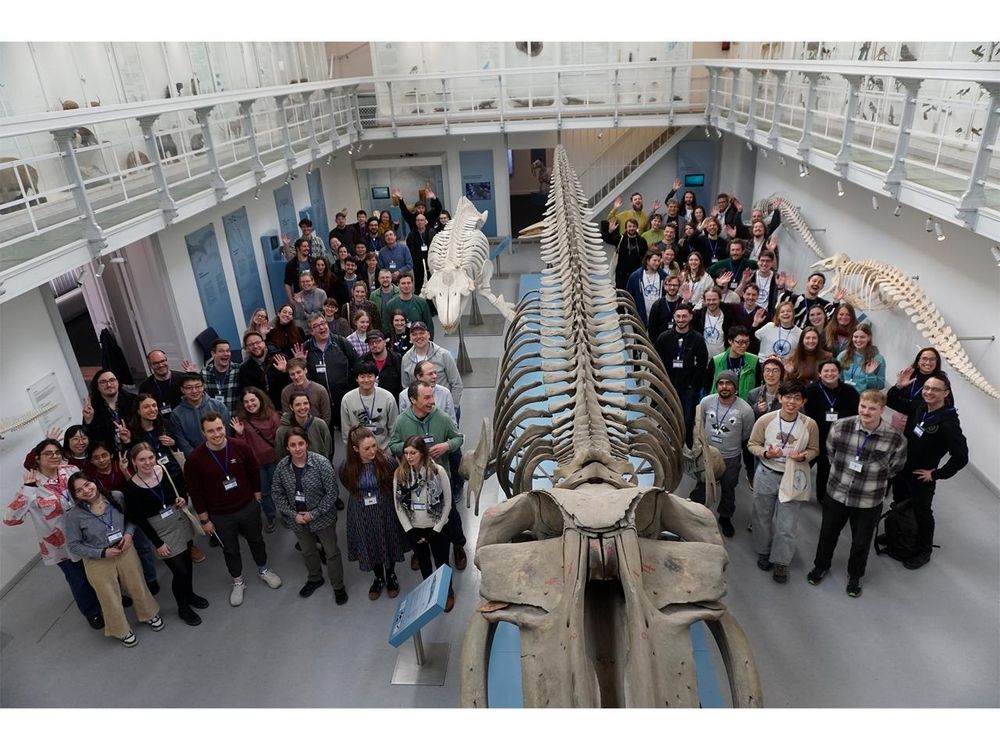
It is amazing to see so many #Morphologists attending #Morpho25 in Kiel. The renaissance of #Morphology is continuing
21.02.2025 07:24 — 👍 14 🔁 6 💬 0 📌 0
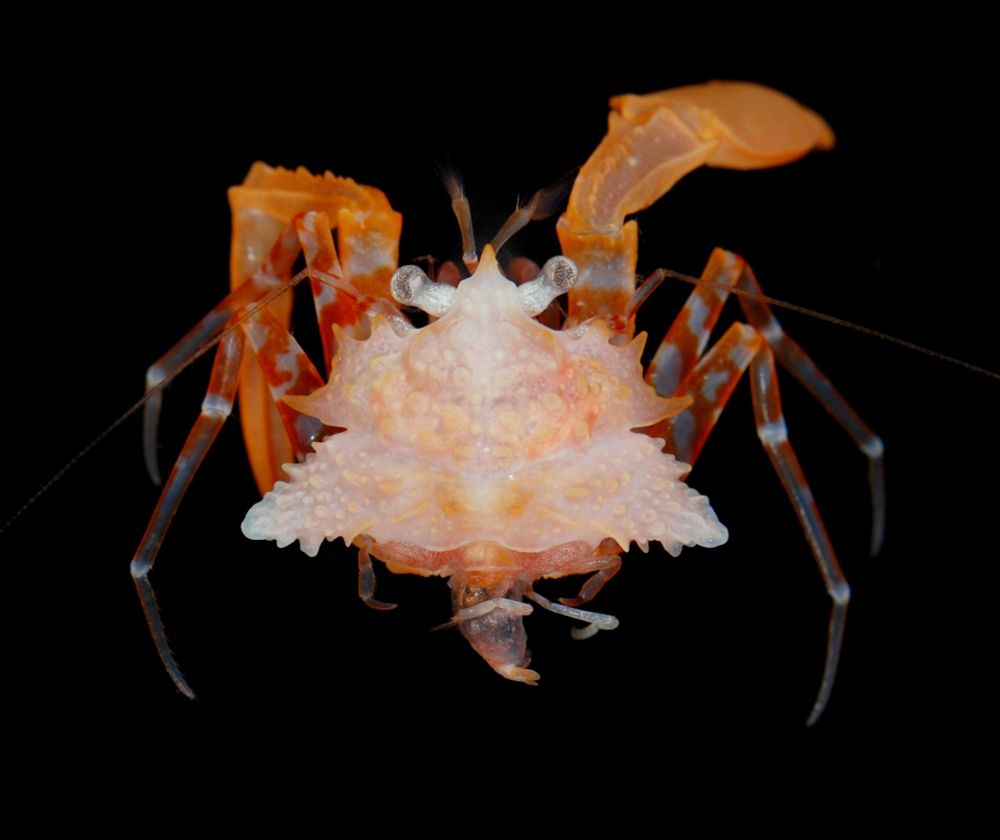
Holotype of Patagurus rex, dorsal view. Photos by Arthur Anker.
This is a strange hermit crab, shown naked. Its carapace is shaped like 2 triangles stuck together, hardened with several lateral projections. Unlike other hermits that have a long, curved abdomen, this one is tiny, perhaps 1/3 the length of the carapace. The carapace is whitish/pinkish, claws red, walking legs red and white striped.
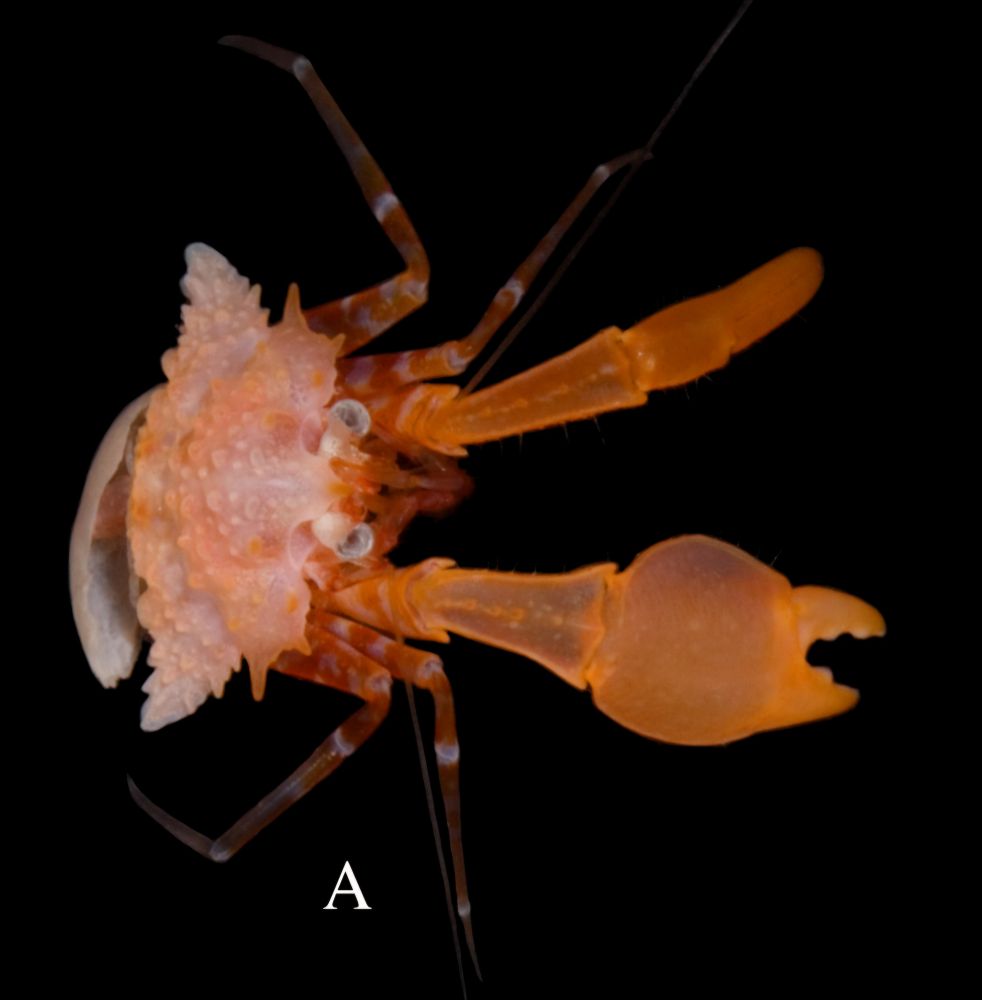
Dorsal view of the Patagurus holotype again (always the holotype because there are no other specimens). This time you see a small bivalve, the mussel Gregariella, covering the pleon in a sideways fashion.
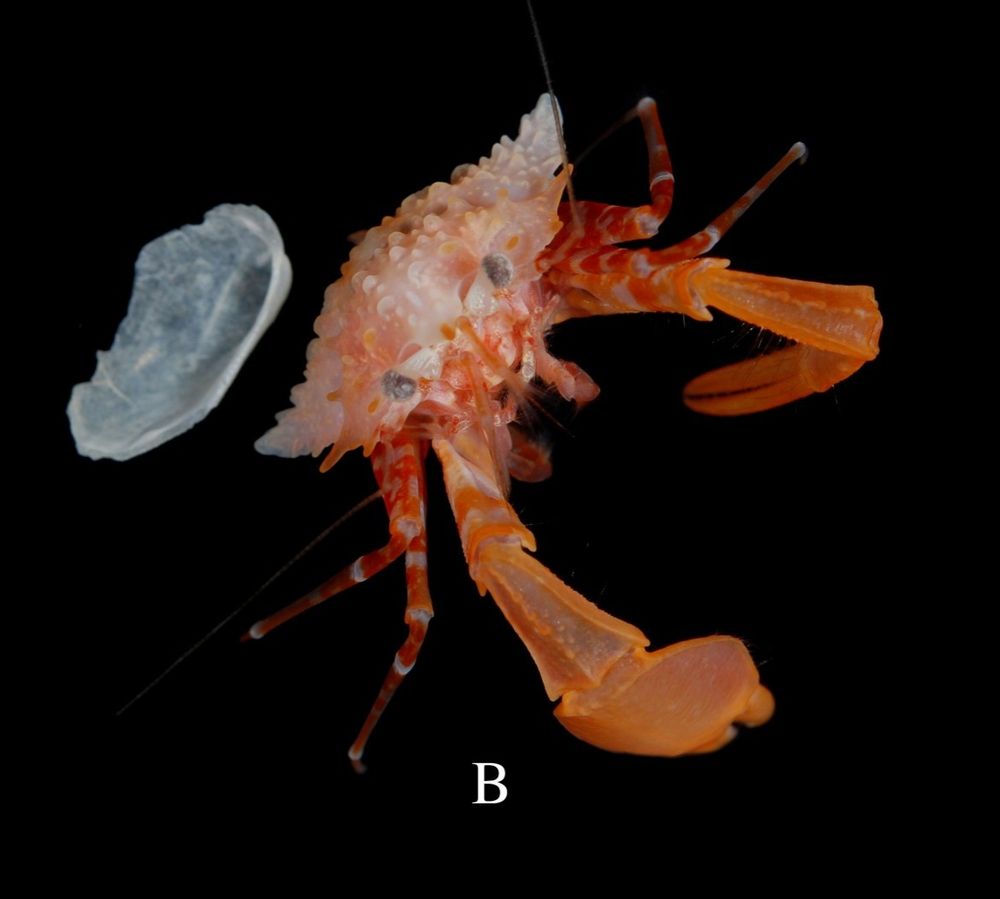
Similar to the last photo, except the bivalve is popped off (but in the image) and the crab is seen slightly more anteriorly, so its mouthparts are visible
P is for Patagurus, a hermit crab known from only ONE SPECIMEN EVER!
Instead of a snail shell, it wears a bivalve to cover its tiny abdomen. Is this how hermit crabs gave up their houses in carcinization? 🤔 (see king & coconut crabs, ALSO hermits)
#CrabAZ 🦀🧪🦑
www.biotaxa.org/Zootaxa/arti...
16.02.2025 12:48 — 👍 300 🔁 70 💬 12 📌 3
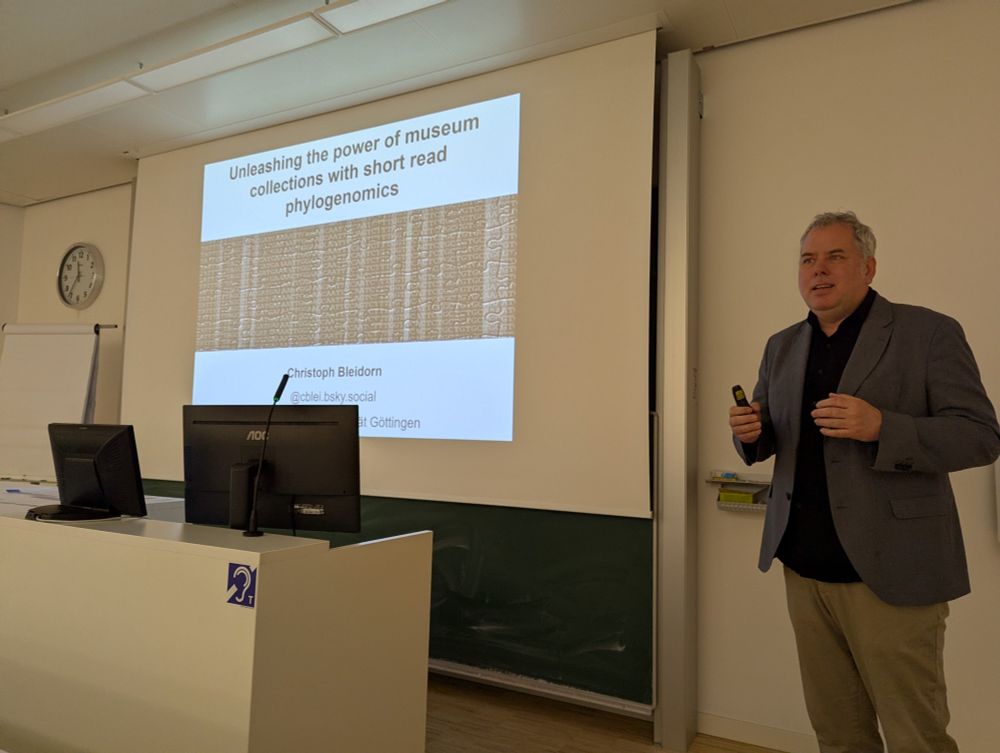
Was great to have @cblei.bsky.social in Vienna for this weeks departmental seminar!
29.01.2025 09:47 — 👍 3 🔁 0 💬 0 📌 0
UM - Research
Applications for Unitas Malacologica Travel Grants to attend the World Congress of #Malacology in São Paulo, Brazil from August 4-8 2025 are now open! unitasmalacologica.org/projects.html
15.01.2025 23:45 — 👍 2 🔁 1 💬 0 📌 0
She/Her • Coral biology & intertidal ecology • Passionate about inclusive pedagogy, building community in academia, and isotope ecogeochemistry
Hiking guide providing walking tours along Ireland's Atlantic coast
Cliffs of Moher, Burren,Slieve League
Zoology
Marine Biology
Geology
Botany
Local history
Macroevolution, paleobiology, Singapore-grown, US-developed scientist in Norway. Marine inverts, bryozoans. Natural History Museum & Centre for Planetary Habitability Oslo.
[Background photo is the Whanganui coast, North Island, NZ]
Eclamgelist. He/him
If you like #clamFacts check out my blog (profile name)
Tropical pale(o)biologist and reef historical ecologist in Panama. Eejit by birth. Father of two treasures. Author of "A History of Life in 100 Fossils" and "Martina and the Bridge of Time". www.odealab.com
Official account of the International Bryozoology Association (IBA)
https://www.bryozoology.org/
https://www.facebook.com/Bryozoology
bryozoology@gmail.com
Bioinformatics Scientist / Next Generation Sequencing, Single Cell and Spatial Biology, Next Generation Proteomics, Liquid Biopsy, SynBio, Compute Acceleration in biotech // http://albertvilella.substack.com
marine microbiology enthusiast
| International Law | EU | International Relations
| Assistant Professor @SFU Vienna
| everything is political
Comparative and regulatory genomics. Animal phylogeny and evolution
Evolutionary developmental biologist at Queen Mary University of London. Invertebrates, worms, embryos and dog lover.
Shared account of the Barone Lab at Hopkins Marine Station, Stanford University
Stem Cell Biology and Evolution (SCBE) research group | Living Systems Institute Exeter @lsiexeter.bsky.social | One of these days, I'm going to cut you into little pieces (if you are a regenerative organism)
The goal of the Canadian BioGenome Project is to produce high-quality reference genomes 🧬 for all Canadian species 🌎
Sequencing Canada's Biodiversity 🌿🦋🐍🧬🐢🦌🐸🌳🐿🐙🦈🦦
Learn more: https://linktr.ee/canadianbiogenome
Das Wirkliche ist ein Geheimnis, das sich nicht erklären, sondern nur erleben lässt. Hier öffnen sich Worte wie ein Tor – zu Inspiration, Tiefe und Erkenntnis:
👉 https://neue-ewige-erde.blogspot.com 💚








